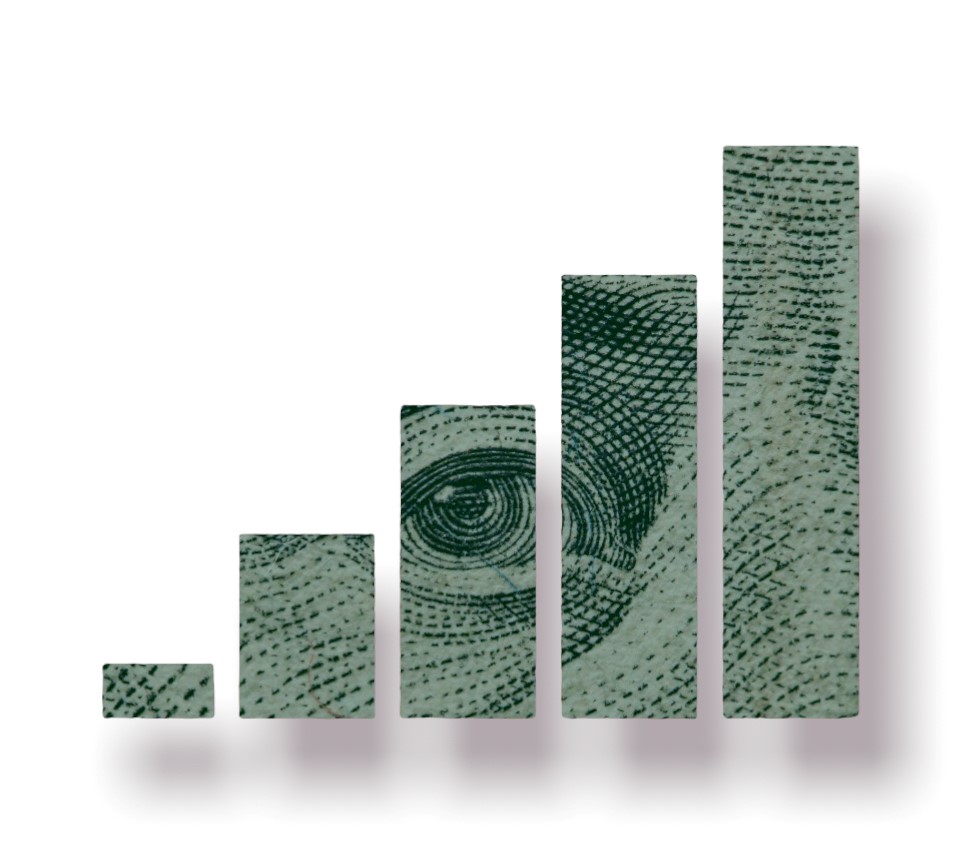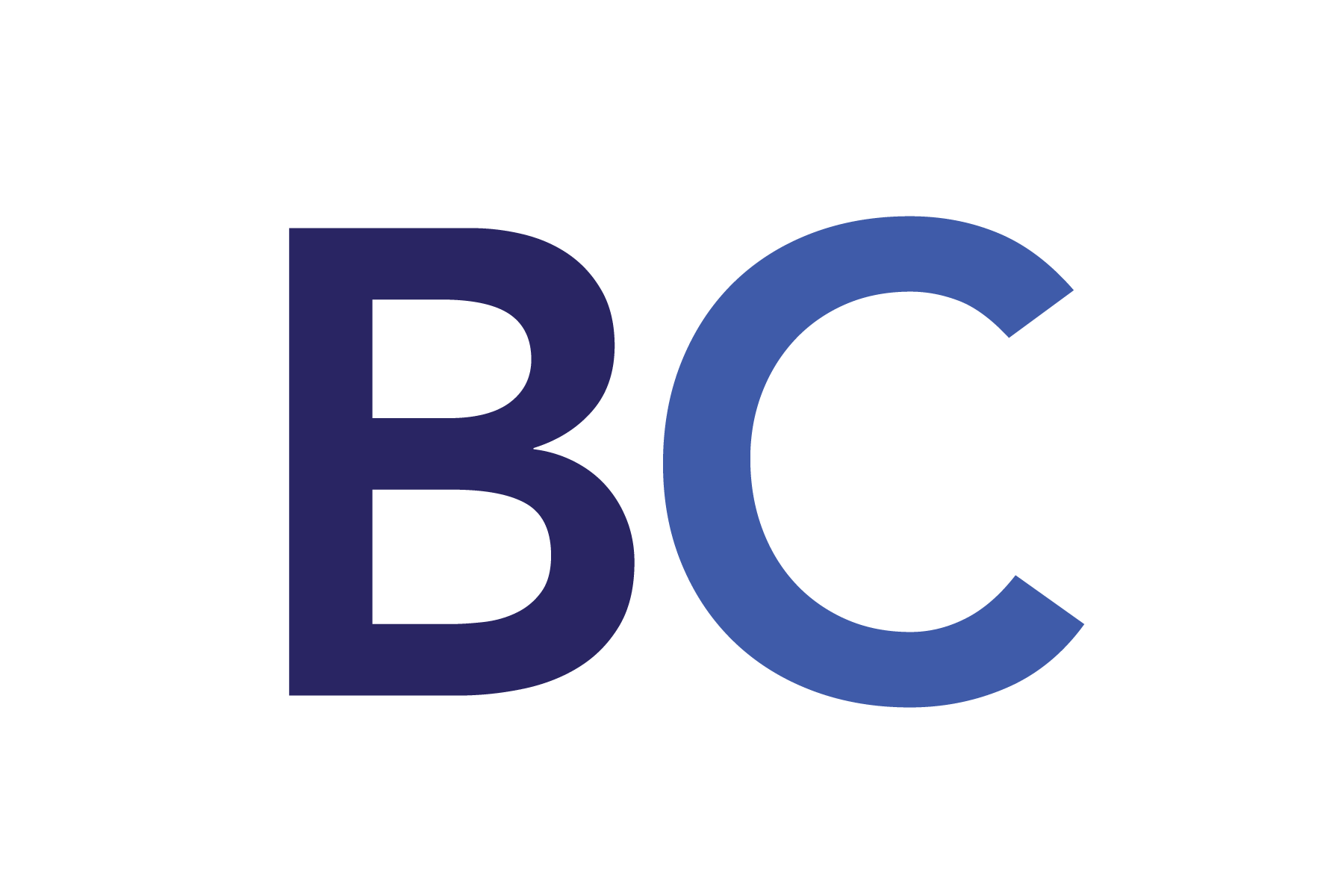The Federal Reserve, often called the Fed, is the central banking system of the United States. Established in 1913, its primary goals are to promote maximum employment, stable prices, and moderate long-term interest rates. Fed actions are termed monetary policy. The Federal Reserve includes a Board of Governors, twelve Federal Reserve Member Banks, and the Federal Open Market Committee (FOMC).
The Fed has three primary tools to achieve its objectives: open market operations, discount rate adjustments, and reserve requirements.
- Open market operations occur when the Fed buys and sells bonds to influence the money supply nationwide. When the Fed sells bonds, investors temporarily exchange their cash for securities offering modest returns. When the Fed buys bonds, this cash is returned to investors and the available money supply increases.
- The discount rate is the interest rate the Fed charges member banks for loans. A higher discount rate slows lending activity and limits currency circulation. Conversely, a lower discount rate encourages new loans and bolsters the money supply.
- Reserve requirements are the minimum amounts that member banks must hold for consumer withdrawals. Their key purpose is to promote stability in the banking system. Reserve requirements also influence lending practices and the overall money supply.
The Board of Governors are nominated by the President and confirmed by the Senate for staggered fourteen-year terms. This process is intended to insulate Fed officials from changing political tides and partisan pressures.
#federalreserve #fed #centralbank #interestrates #discountrate



